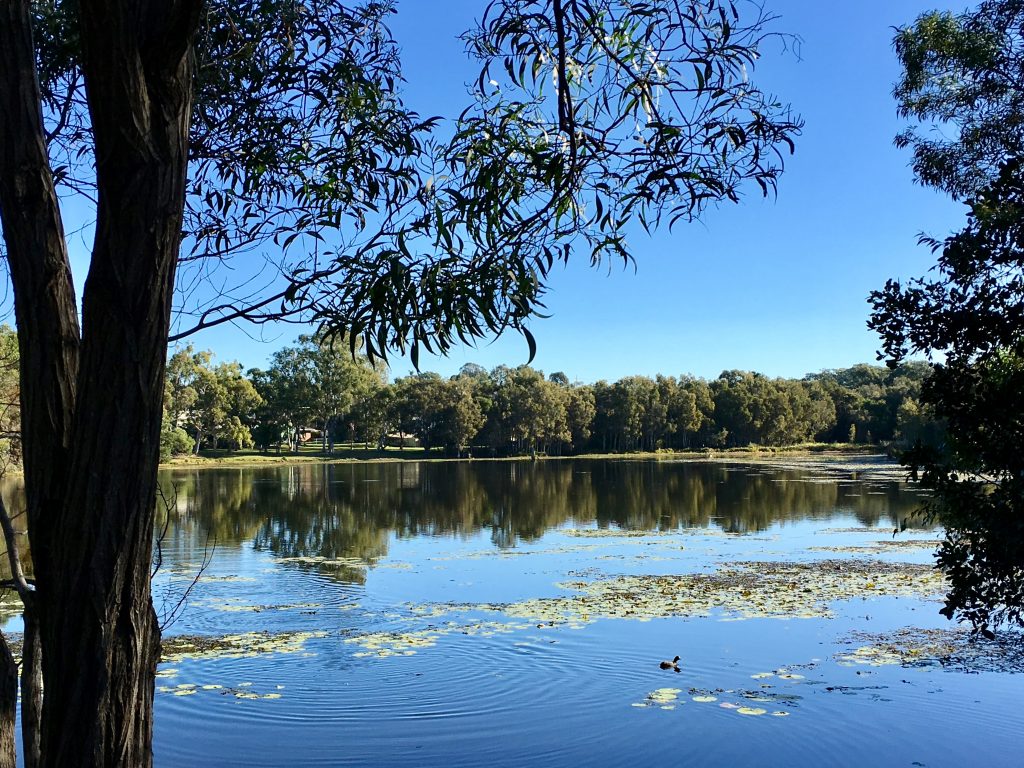To understand the dying process is vital. I have found the following excerpt most helpful in providing an overview:
“There comes a point when it is obvious that death is near and cannot be turned back. Neither medicines, meditation methods that strengthen our elemental constitution, nor prayers will extend our life. Whether by degenerative disease or the completion of old age, we know that we will soon die.
An understanding of the physical, perceptual, and mental phenomena of the dying process may be very helpful as our own death approaches; it may also provide insights into the experiences of others who are dying. We should realize, however, that the strange sensations of dying and the loss of the familiar support of the body will still be very difficult. For this reason we must develop an unwavering recognition of the absolute nature that will carry us through the dying transition no matter what arises.
Dying begins when the five vital winds that sustain the body’s functions and the five secondary winds that sustain the senses lose power, causing their functions to fail with them. In a complex interrelationship, the energy centers of the body, known as the chakras, begin to fail. As the energy of each chakra disperses, a corresponding element of the body—earth, water, fire, wind—also disperses.
These elements have a direct relationship to the body’s components. The earth element relates to flesh and bone, the water element to blood and fluids, the fire element to digestion and internal heat, and the wind element to breath and circulation. When these elements dissociate, one after another, their cohesion and function deteriorate. The physical, mental, and visionary experiences of dying rapidly accelerate.
The first effects of dying are difficulty in digesting food, swallowing, and lifting the arms, legs, and head. The breath is short and gasping. The limbs, then the whole body, are chilled and nothing warms them. The mind is agitated and thoughts arise uncontrollably.
It becomes impossible to stay erect. We cannot lift our arms and legs, the head lolls back, and there is a feeling of heavy pressure on the whole body. The agitation ceases and is replaced by drowsiness, a semi-swoon. We see mirage-like visions and flickering lights.
There is dryness of mouth, nose, throat, and eyes. Bodily sensations are greatly reduced, and alternate between pain and pleasure, heat and cold. The mind becomes irritable and we have visions of smoke.
Then we cannot recognize friends or family. Sound and sight are confused. We see red dots like fireflies.
We become totally immobile. The breath is shorter and more gasping, our exhalations longer. Sound and sight blur. Visionary experiences arise according to our karma. Persons whose activities of body, speech, and mind have been very negative may see terrifying forms or a replay of the bad moments of their lives. They may react with guttural sounds of fear. Those who have been virtuous and kind may experience blissful, heavenly visions and see forms of loving friends and enlightened beings. They will have little fear of death.
Finally, there is one long exhalation, the “death rattle.” This is followed by the closure of sight, hearing, smell, taste, and touch as the winds retract toward the heart. Physically one is dead.
Nothing compares to the fear of death, not the anxiety of having a business fail, not the grief of loved ones dying, nothing. When we know death is imminent, there is fear far beyond any emotion we have experienced in our lives. Fear alternates with regret over the pointlessness of life. We worked hard and tried to be successful, but what do we have to show for our efforts? A terrible sadness arises if we look back and find that life was unfulfilled and rather meaningless.
Not knowing what will happen or where we will go, we feel deeply disturbed. Overwhelmed by emotions, we are powerless to deal with our confusion.
Our understanding of the dying process and the difficulties it involves should be an incentive to prepare for death. We begin this preparation by recognizing the dreamlike nature of our life. Moment by moment, we should look at life as if it were a dream unfolding. Whether we are putting gas in the car, washing the dishes, or taking a walk, we should stand back a bit and look at the situation, the dreamlike quality of it.
In this way we learn to accept that life will inevitably change, and we come to know that it is no more than one dream changing into another. By holding this view we create a slightly different stance in life, and our attachment diminishes. Things don’t seem quite so solid, and we don’t grasp at them so rigidly.
In this relaxed, more open state of being we have the opportunity to gain the infallible means for dying well, which is recognition of our absolute nature.”
Source: Chagdud Tulku Rinpoche. Life in Relation to Death. 2nd edition. Junction City, California: Padma Publishing, 2000. Pages 17-21.
On the back cover of the book it states that the desire of the author has been to provide brief but profound instructions on preparing for death. Because it is short and accessible, the book has been read by a wide range of people, many of whom have commented that it is a book they feel comfortable giving to their elderly parents or friends who are dealing with life-threatening illnesses.
For a PDF copy of the above text, click here.

“It is symptomatic of the human condition that life’s preoccupations sweep us relentlessly on, leaving us with no time to think about death, and little inclination to do so. This is one reason why the prospect of death tends to come as a shock, when we are suddenly faced, at the worst possible moment, with fundamental questions about what life is, or was, all about.” (Lama Shenpen Hookham)
